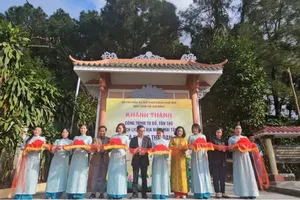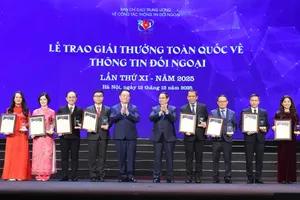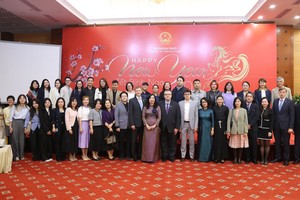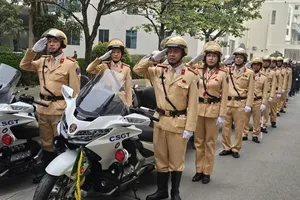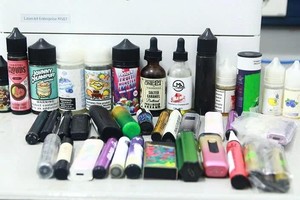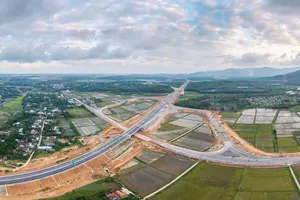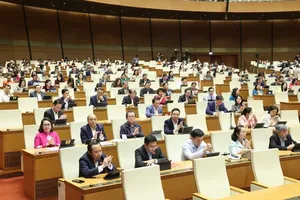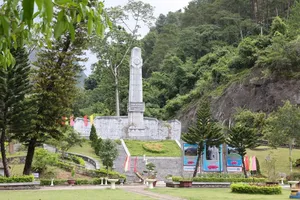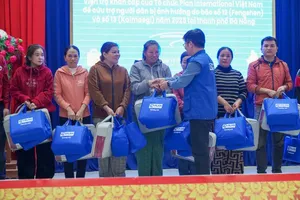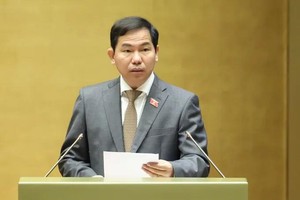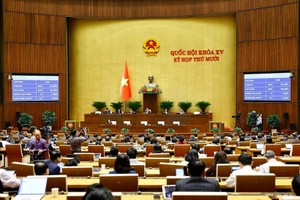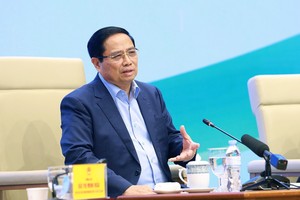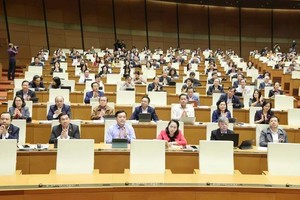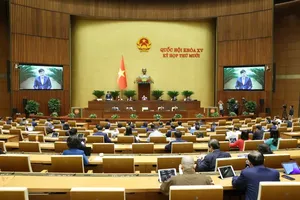
One of the challenges faced by most waste treatment facilities in Provinces and cities today is outdated technology, leading to inadequate processing capacity. However, calling for investment in modern, environmentally friendly waste treatment facilities is also not easy due to what seems like a paradox that is a lack of waste.
According to statistics from the German Development Cooperation Organization (GIZ), the total amount of household solid waste generated in the Mekong Delta region is approximately 14,000 tons per day, equivalent to 5 million tons per year. Despite the large amount of waste generated, the entire Mekong Delta region currently has only two inter-provincial waste treatment facilities; one in Tan Thanh Commune in Long An Province and a waste-to-energy plant in Thoi Lai District in Can Tho City.
Some localities, such as Ca Mau and Ben Tre, have waste treatment plants, but their capacity is very small; other areas rely mainly on landfill methods. Only 19 out of 124 landfills can meet sanitary standards.
In response to the urgent need to protect the environment and attract investment in waste treatment plants, some investors have taken action, but progress has been slow! For example, at the beginning of 2023, the People’s Committee of Hau Giang Province decided to terminate the operation of the Hau Giang Waste-to-Energy Plant project, which covered an area of 23 hectares with a total investment of VND1,320 billion (US$52,374,395).
The project aimed to handle all household, industrial, and agricultural waste in the province. The reason for the project’s suspension was the slow implementation by the project owner.
Explaining the difficulties in implementing the project, the project owner’s representative cited the unreliable waste input source, which did not guarantee the plant’s operational needs. Additionally, the sharp increase in fuel costs during recent times significantly exceeded the initial budgeted investment.
Similarly, representatives from the joint venture between Harvest Waste (Netherlands) and Alpha Investment Consulting and Services Company have recently proposed a study on an investment project for a waste-to-energy plant in Soc Trang Province, following the province’s call for investment. To make the project feasible, the local authorities must commit to ensuring a daily waste supply of approximately 800 tons. The project’s operational lifespan must be at least 25 years to allow investors to recover their capital.
Additionally, the electricity connection and pricing must be stable throughout the project’s lifecycle. In response to the investor’s proposal, the Soc Trang Department of Natural Resources and Environment is currently reviewing and assessing the daily collected waste volume.
According to many environmental experts, almost every locality has waste treatment planning that encourages investment in modern technology waste treatment plants. However, they are cautious about accepting waste from other areas for processing within their own jurisdiction.
Over a decade ago, as part of the development plan for certain key economic regions, the idea of establishing joint waste treatment zones for the entire region was proposed. These zones would function similarly to industrial areas but focus on modern, environmentally friendly waste treatment. The formation of such industrial zones would attract capable investors with advanced technology. However, this is still a dream.
Located in Thu Thua District of Long An Province, the Green Environment Technology Zone project was approved by the Prime Minister in 2008, covering an area of 1,760 hectares. This project is a regionally integrated initiative planned by the government to address long-term waste management challenges for both Ho Chi Minh City (HCMC), Long An, and neighboring provinces. Notably, HCMC and Long An jointly participate in implementing this project. Despite this, over the past 15 years, the project has faced numerous obstacles.
Director Truong Van Liep of the Long An Department of Planning and Investment shared that in 2010, the Ministry of Construction agreed to select Vietnam Waste Solutions Limited Liability Company (now known as Vietnam Waste Solutions Joint Stock Company - Long An) as the investor based on proposals from the HCMC People’s Committee and the Long An People’s Committee. The investor received an investment certificate from the Long An People’s Committee in 2015, which was later converted to an investment registration certificate in 2016 by the Long An Department of Planning and Investment.
The project has so far completed compensation and land clearance tasks, obtained approval for a 1:10,000 general plan and a 1:2,000 zoning plan, and secured temporary internal road connections to National Highway N2 through negotiations with the Ministry of Transport.
However, according to Director Truong Van Liep, the project still faces challenges. It falls within the category of calling for social contributions in education, vocational training, healthcare, culture, environment, and legal expertise in the province. Additionally, there are foreign elements involved. As a result, the Long An People’s Committee has submitted documents to the Ministry of Planning and Investment, the Ministry of Natural Resources and Environment, and the Ministry of Finance for assessment, requesting approval for capital mobilization policies related to environmental matters. Despite multiple consultations with relevant ministries, the Prime Minister has not yet approved the project for socialization incentives.
Meanwhile, according to Director Nguyen Toan Thang of the HCMC Department of Natural Resources and Environment, the Green Environment Technology Zone is part of the solid waste management plan for the Dong Nai River basin until 2030, as specified in Decision No. 07/QD-TTg dated January 6, 2015. The zone is designated as a regional-level treatment area, responsible for handling industrial, medical, construction, and hazardous waste for the key economic regions in the South and neighboring provinces. HCMC and Long An have collaborated to establish a joint task force to address project-related issues.
